We’re back with the latest evidence of the increasing costs to taxpayers from climate change. Join TCS President, Steve Ellis and TCS Senior Policy Analyst, Josh Sewell as they shine a spotlight on the fat stacks taxpayers are laying down on Climate in 2023.
Episode 49: Transcript
Announcer:
Welcome to Budget Watchdog All Federal, the podcast dedicated to making sense of the budget, spending and tax issues facing the nation.
Cut through the partisan rhetoric and talking points for the facts about what’s being talked about, bandied about and pushed to Washington.
Brought to you by Taxpayers For Common Sense.
And now a host of Budget Watchdog AF, TCS President, Steve Ellis.
Steve Ellis:
Welcome to all American taxpayers seeking common sense, you’ve made it to the right place for over 25 years, TCS, that’s Taxpayers for Common Sense, has served as an independent nonpartisan budget watchdog group based in Washington DC. We believe in fiscal policy for America that is based on facts. We believe in transparency and accountability because no matter where you are in the political spectrum, no one wants to see their tax dollars wasted. Today on the podcast, we’re back with the latest evidence of the increase in cost to taxpayers from climate change. Follow the money, they say, well loyal listeners of this show know that that is all we do around here, follow the money. And here to shine a light on the fat stacks of taxpayers’ cash that is being laid down on climate in 2023 is TCS Senior Policy Analyst, Josh Sewell. Welcome back to the podcast, Josh.
Josh Sewell:
Hey, glad to be back. It’s been a while.
Steve Ellis:
It has. It has. You’re about to lose your frequent flyer status.
Josh Sewell:
I keep getting a paycheck so I know you didn’t completely forget about me.
Steve Ellis:
Never. So Josh, even before the ink was dry on the debt ceiling deal, lawmakers were demanding a separate supplemental bill to increase defense spending. And FEMA’s Disaster Relief Fund has incurred nearly $19 billion in obligations this calendar year and is expected to be fully exhausted by next month, right when hurricane season heats up. Give us the update prognosis, doctor, how much is climate really adding to taxpayers’ tab in 2023?
Josh Sewell:
In 2023? Who knows? It’s not even August yet, Steve.
Steve Ellis:
True. But the fiscal year ends September 30th, so we’re most of the way there. How does it look so far?
Josh Sewell:
Pricey. I’d say after initially predicting a near normal hurricane season back a couple months ago, forecasters are now expecting warmer waters to make it busier than normal. So yeah, hurricane season technically starts June 1st. It’s really August into the fall where the bulk of the activity happens.
Steve Ellis:
And when you’re saying warmer water, I mean they’re talking 100 degree water off of the coast of Florida. I mean, that’s hot tub temperature. And you’re absolutely right that it’s sometimes these storm seasons, they start slow, but then they get big. And so Katrina was at the end of August in 2005. And then that year you also had Rita in September and Wilma in October, both huge storms that have had their names retired. Superstorm Sandy was in October of 2012. Hurricane Maria was in September of 2017. So you’re absolutely right that it’s the back end of these seasons and you can’t get complacent.
Josh Sewell:
And hurricanes are the most obvious natural disaster. They’re massive. They cause a lot of damage. But we got to be clear that there’s been plenty of other non-hurricane disasters that have occurred this calendar and fiscal year. There’s still significant drought in the Midwest down in the Plains and in Northwest. I just went through Missouri for a couple weeks and it’s definitely dry. And while out of the West apparently is no longer in drought, according to the Drought Monitor, in a lot of those places, it was replaced by near historic flooding. And so like you said, 100 degree water, there’s been 100 degree temperatures for 40 straight days, in some places even more than that now. And it’s 100 degrees outside right now here in Washington DC area. And so last I looked, FEMA had already recorded 41 major disaster declarations and the Secretary of Agriculture himself has designated nearly half the country as eligible for disaster assistance.
Steve Ellis:
Yeah, I mean the heat’s no joke and certainly, and it’s not even been as bad around here as it has been in Texas and other parts of the South where it’s just been staggering and without stop, the so-called heat dome holding that down. And when you have high heat and drought, then you have a chance of wildfires too to bring another one up there. And heck, a wildfire that wasn’t even in the United States, one that was in Canada, was affecting the air quality all along the eastern seaboard, which that has those implications too. So do we have any idea some of the fiscal implications for 2023?
Josh Sewell:
Yeah, so everyone’s favorite, federally subsidized crop insurance has already paid over $19 billion in loss payments for various losses. And there is talk of appropriating even more emergency spending on top of that ACT money. And FEMA’s Disaster Relief Fund has incurred nearly $19 billion also in obligations so far this calendar year. And I could tell you it’s going to go even higher. And the last projection was that that fund would be completely exhausted before the end of August. So when those hurricanes are likely to start heating up. And also as we shouldn’t forget that flood insurance, the authorization for that program, it’s done at the end of this fiscal year as well. And so it’s going to have to be renewed. And finally, I’d say, you mentioned wildfires, I mean there’s going to be even more wildfire spending. Exactly how much we’ll find out, but it’s more on the way.
Steve Ellis:
Yeah, it seems inevitable these days and it seems like the costs are inevitable and tens of billions of dollars. I mean, is this normal?
Josh Sewell:
Well, I mean back in June, you may remember we released a report, Paying the Price, about taxpayers footing the bill for increasing cost of climate change. And unfortunately, according to what we found, this is basically normal. Spending in response to disasters is massively increasing.
Steve Ellis:
Podcast listeners, we told you about that report back in episode 47. You can give that a listen again. In that podcast, we were joined by our allies at E2 to discuss that report along with some of the work that they have done. But Josh, you are not on that podcast, so let’s hear your thoughts about it?
Josh Sewell:
Yeah, I mean I think it’s a great product. I mean, we all worked on it. I’d say Sheila, autumn, Mike, all of the folks you’ve heard on these podcasts basically. We looked at federal spending mostly in the disaster response and recovery. And I’d like people to know, I’ve talked to some folks about the report, it’s not 100% exhaustive of every single dollar we’ve spent. Yeah, we acknowledge that. But it isn’t accounting of the major categories, and I think it really does show how disaster spending has really increased over the last few years.
Steve Ellis:
So Josh, remind our listeners of some of the findings.
Josh Sewell:
So again, I say there’s solid evidence that climate change is increasing cost for taxpayers. That’s the most important part of that report. So you can just look at the numbers, presidentially declared disastrous have tripled from 200 in the sixties to 600 in the first decade of this current century. And I think it’s really important to look at 2017, the year 2017 alone, we as taxpayers spent more than $120 billion on disaster response and relief, which would’ve made disaster the second largest agency, trailing only the Department of Defense.
Steve Ellis:
Yeah. Wow. I mean, I know that we talked about it, I think the average cost of each year now is $62 billion, which was in the last decade when we looked at that, the average over the last five years was 35% more than it was the previous five years since. So that’s clear indication that the numbers are going up. And it’s really across the board. It’s in a broad series of categories. It’s not just hurricane, right, Josh?
Josh Sewell:
Yeah, it’s in many of those programs or agencies that we already mentioned on this podcast. So flood insurance, Farm Bill spending, FEMA, yeah, you name it. And it’s not just them, it’s also infrastructure. And something that I hadn’t really thought of too much to be honest, is the military faces increased cost due to natural disasters. They have a large footprint of real estate and a lot of stuff on coasts and flood prone areas. And it’s just amazing to me that once we ran these numbers, if you took the average amount spent, so 2017 was a bad year, but if you take the average between 2018 and ’22, it’s still disaster response spending for climate change, it would’ve been the fifth largest agency in the government. So smaller than the Pentagon still, and Health and Human Services, the VA and HUD, which are big agencies.
Steve Ellis:
But bigger than State, Foreign Aid, Education, Ag, Treasury, you name it.
Josh Sewell:
Things that we spend a lot of time debating here, and some people really get wrapped around the axle. Turns out climate change is even bigger than many of those agencies.
Steve Ellis:
And you mentioned about DOD and it’s big footprint. I mean, they’ve got $1.3 trillion worth of real estate around the world. And its real estate is in really highly vulnerable areas. It’s along the coast, which is risk of flooding. It’s in the interior of the country where you’ve got drought and wildfire risks. And this is something where they’re having to come to grips with spending more. I think that one of the things that, if I recall from our report that we complained about is that DOD is not as forthcoming about where their costs are, where their vulnerabilities are, some of which I’m sure has some national security implications, but by the same token, it’s really important that we really understand so that we can tackle the costs appropriately.
You’re listening to Budget Watchdog All Federal, the podcast dedicated to making sense of the budget, spending and tax issues facing the nation. I’m your host, Steve Ellis, and we continue now with TCS Senior Policy Analyst, Josh Sewell. So Josh, we kind of hinted at this at the top of the show, but the lawmakers started discussing adopting an emergency supplemental spending package in response to national disasters. And as you indicated, I mean they have to replenish the DRF, the Disaster Relief Fund, before the start of the fiscal year, right?
Josh Sewell:
Yeah, I think you do. But refilling the DRF doesn’t necessarily require an emergency supplement. So like I said, FEMA currently projects a nearly $ billion shortfall by the end of September. That’s, give or take what happens between now and then, there could be even more money needed. But right now Congress is debating 2024 regular appropriations. So relief could be tacked on there.
Steve Ellis:
But even today we’re hearing they’re having troubles, they’re not able to move on to… The House has gotten one bill done, military construction, Veterans Affairs, and they were trying to move to a second bill today. And it sounds like they’re going to adjourn for August without actually getting another one of the dozen spending bills done, which that one is still one more than the Senate has done. So I guess you could say that. So I’m pointing out the difficulties of getting these individual regular spending bills done. What’s the problem with doing an emergency supplemental in the absence of that?
Josh Sewell:
So one of the big problems with an emergency spending bill is that they tend to attract a bunch of other spending, or even policy priorities that are not necessarily emergencies and are not germane to the issue at hand. So supplementals are must pass, right? And they’re emergencies. And so they are by their nature deemed a budgetary emergency, meaning the dollars don’t count against any budget caps.
Steve Ellis:
And even though there aren’t necessarily… Well, I guess there is a, there was an agreement in the debt ceiling deal of how much they’re going to spend. And we know that some members in the House Republican Conference want to spend less than that and that’s part of their reason why they’re having trouble even though they have a top line number agreed to.
But also, as you mentioned, these supplemental appropriations attract flies, they attract other pieces of legislation. And so certainly as we talked about at the top, the defense hawks were already saying that they needed more money, they needed a supplemental on top of what was the agreed upon top line for defense and non-defense discretionary. And certainly Ukraine plays into that mix as well. So there’s kind of a push. And we joined with several other fiscal conservative organizations, listeners, you can check that out on our website, Taxpayer.net in a letter saying there should be no defense appropriation supplemental, that there is absolutely no need after the years of increasing funding for the Pentagon, and that this is a level that they can certainly live with. And I think that to your point, I mean, if you really did need to have an infusion of cash for the DRF, I mean you could do that as a straightaway solo budget measure if some sort of disaster occurs.
Josh Sewell:
Yeah, exact. Exactly. And I think that’s one of the major problems we have with the increase in emergency spending in response to natural disasters is yes, disasters are occurring more often. And yes, they do appear to be more extreme, but there’s also a little bit of disaster creep. And so that just means that things that may have been considered a disaster or have been paid for by someone other than the federal taxpayers are increasingly paid for by us. We could do a whole podcast on exactly what should be a disaster, what should be an emergency, and I think we will do that someday. But right now, if we need to replenish the DRF, it just takes a quick act of Congress. Well, they could both do it if they really wanted to, but the problem with the supplemental is it’s seen as an opportunity to get much other things that you couldn’t get through either this regular order or if you really had the light of day on it.
Steve Ellis:
That old Rahm Emanuel expression, “Never let an emergency go to waste.” That there’s basically an opportunity here. And then speaking of opportunities, we’ve talked about how no matter how the 2023 hurricane disaster season turns out, one thing that we know is that there’s certainly an opportunity for lawmakers to do a better job of budgeting for these inevitabilities. We don’t know from year to year what disasters are going to occur, and we don’t know how or where they’re going to occur, but we do know they are going to occur inevitably. And TCS has long called for lawmakers to improve how we plan for disasters. So Josh, what are some of the investments, what sort of investments top our list of recommendations?
Josh Sewell:
Well, I think the biggest one, and the first one is to just plan. Like you said, we know we’re going to spend money and we could do a better job of planning for the spending of that money. And to me, this is the part that I just can’t get through my brain, we just need to acknowledge something’s going to happen. So let’s raise the revenue to pay for it. And I looked up some numbers on the DRF, the FEMA Disaster Relief fund. So between 1992 and 2021, the DRF was provided $381 billion in budget authority. And if you adjust that for inflation, it’s $470 billion in today’s dollars. But three quarters of that came from “emergency” supplemental spending. I mean, clearly if we’re having to cover three quarters of a tab with emergency dollars, we need to set aside more dollars. We’re not planning properly for what we’re going to spend. So let’s start with that. Let’s acknowledge what the actual costs are and let’s actually plan for the likelihood that we’re going to spend it so that we don’t then have to do this last second emergency spending.
Steve Ellis:
I mean, I’ll give lawmakers a little bit of credit, I mean, there have been some changes and the Budget Control Act of 2011, they sort of required Congress to start appropriating it at a rolling 10 year average with the high and the low year thrown out. So that’s something that I’d be curious to see. And we can talk about this in a future podcast, what it looks like since 2011, 2012. But it’s absolutely correct that if you plan ahead, and this also goes to communities and the demands on communities and states, and that they know what their risks are in the certain disasters. I mean, Harvey in 2017 hit Houston, but Ike hit Houston just a few years before that and they should have known exactly what could happen and how to respond and how to do better with Harvey and that happened with Ike.
Josh Sewell:
Exactly. And that’s why part of this, when we have this disaster response, especially in the disaster recovery phase when we’re not doing the immediate saving of lives because of the response, is we got to make sure that the assistance comes in a manner that it helps communities mitigate the effects in the future. So it helps them become better prepared. And so you have to be more resilient to disasters, like building things exactly how they were to the exact same standards isn’t necessarily how you should do it if that’s what failed, right? So we got to figure out how to do it better. And so I think that’s a another big step.
Steve Ellis:
You can say the word Josh, we need to prespond to future disasters, which each dollar of disaster relief.
Josh Sewell:
I didn’t want to preempt the word that you have coined in Washington DC
Steve Ellis:
All right, fair point, fair point. So what’s next? Take your silver ball, Josh, I mean, what are you seeing happening here, in the next month and the rest of this fiscal year and then into the beginning of fiscal year 2024?
Josh Sewell:
Well, the numbers don’t lie, I think it’s likely we’re going to see a big emergency spending bill. The question is how big is it going to be. After today… Well, actually today’s, but this week’s happenings in the House and the Senate, I don’t see regular order happening in the next month and a half, especially since they’re leaving on Friday and not coming back till almost mid-September. That doesn’t leave a lot of time to get a lot done. So I imagine we’ll see, come September, we’ll have a supplemental spending bill and the question’s going to be, is it going to be focused on true need? Or is it going to become one of these trains that just carries everything? And I could tell you in agriculture, it’s going to be some money we don’t need, frankly. It’ll be the seventh year in a row, seventh year in a row that we’ve had an emergency spending bill for agriculture, and the farm bills only last for five. So these emergency programs, they have a longer shelf life now than the actual farm bill itself.
I mean, I’m a little not optimistic in that realm, but I think those of us who are a little… while we do see, still have these calm waters in the Atlantic, and we’re not dealing with an emergency hurricane right now, I’m optimistic that some folks can do some planning ahead so we can at least look at what we have done in the past, how did we respond to the past hurricanes and how can we in the short term meet out that money in a supplemental, maybe not in all one massive amount of money, but just what we absolutely need, and then come back with more later if we need it. To basically do some of this reevaluation of our past work, which is something we’ve long called for lawmakers to do is we don’t oppose emergency spending, but we oppose doing it every year without looking back and saying what worked last time, what didn’t? And how can we try to make things better in the future? Because as we all say, this isn’t just about money, this is also about lives. That’s the most important thing in the emergency spending is this stuff puts people in harm’s way if we don’t do it correctly.
Steve Ellis:
Exactly. And you have the Transportation Safety Board if you have a train derailment or a small plane crash and they do a whole analysis of what exactly happened. We have a major disaster hitting major cities, spending billions of dollars and there is no look back and no other review to say, “Hey, this is what we did right. This is what we did wrong. This is how it should be responded to in the future.” Just doesn’t happen, at least not nearly enough.
So Josh, I was just recently talking to a lawmaker that has been in office longer than I’ve been at TCS, so that’s a long time, and he said that he didn’t see any way that they were not going to have a government shutdown here in the beginning of the fiscal year. That they’re not going to get the spending bills done, that there’s people who are cheerleading for that. And so I’m curious what your thought is on that too?
Josh Sewell:
I try not to think that far ahead unfortunately. That’s not an unreasonable expectation in this Congress. However, it only takes a handful of folks to gum up the works in both the House and the Senate right now. And I can see where that lawmaker would think so. I’m an optimist. I think cooler hits will prevail, at the very least to avoid the shutdown. Yeah, they’re not going to get the spending bills done, but I think avoiding a shutdown, I think there’s enough institutional memory of what has happened the last couple times that there’s enough folks that want to avoid that. But I’ve been wrong a couple times, so I hope I’m not wrong this time.
Steve Ellis:
I hope you’re not wrong too, because as podcast listeners know, government shutdowns are incredibly wasteful. I mean, all those civil servants get paid back pay, they don’t do their work. And it’s not a criticism of them. It’s a criticism of the system. And it doesn’t save a dime. It actually costs taxpayers money.
All right, Josh Sewell, thank you for joining me on the podcast again today.
Josh Sewell:
Happy to do it.
Steve Ellis:
And just a tease to the future, if you want to hear more about ag spending and ag policy, we’ve got you covered because we’re going to be talking the Farm Bill coming up with Josh. So back to trying to establish his gold level, platinum level frequent flyer status. And also Sheila Korth, another colleague that works on ag policy. Well, there you have it, podcast listeners, the increasing disaster intensity, the increase in cost to taxpayers and the volatility brought on by climate change and how it requires an increased federal focus on preparing for future disasters. This is the frequency, market on your dial, subscribe and share and know this, Taxpayers for Common Sense has your back America. We read the bills, monitor the earmarks, and highlight those wasteful programs that poorly spend our money and shift long-term risk to taxpayers. We’ll be back with a new episode soon, and I hope you’ll meet us right here to learn more.



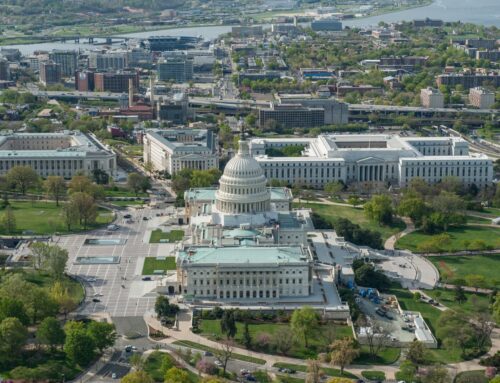


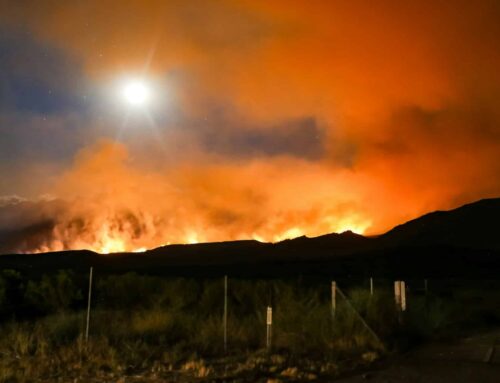



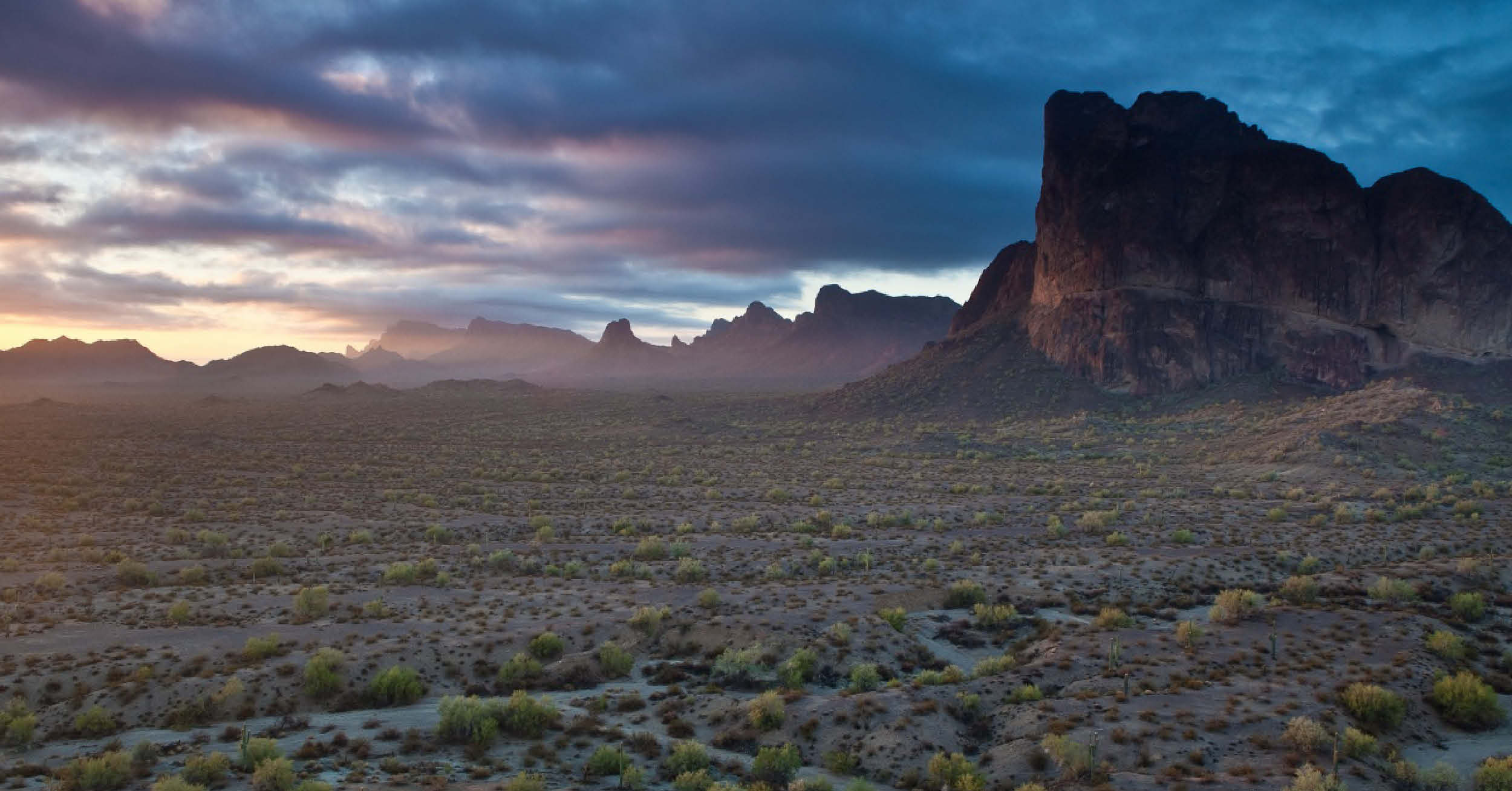
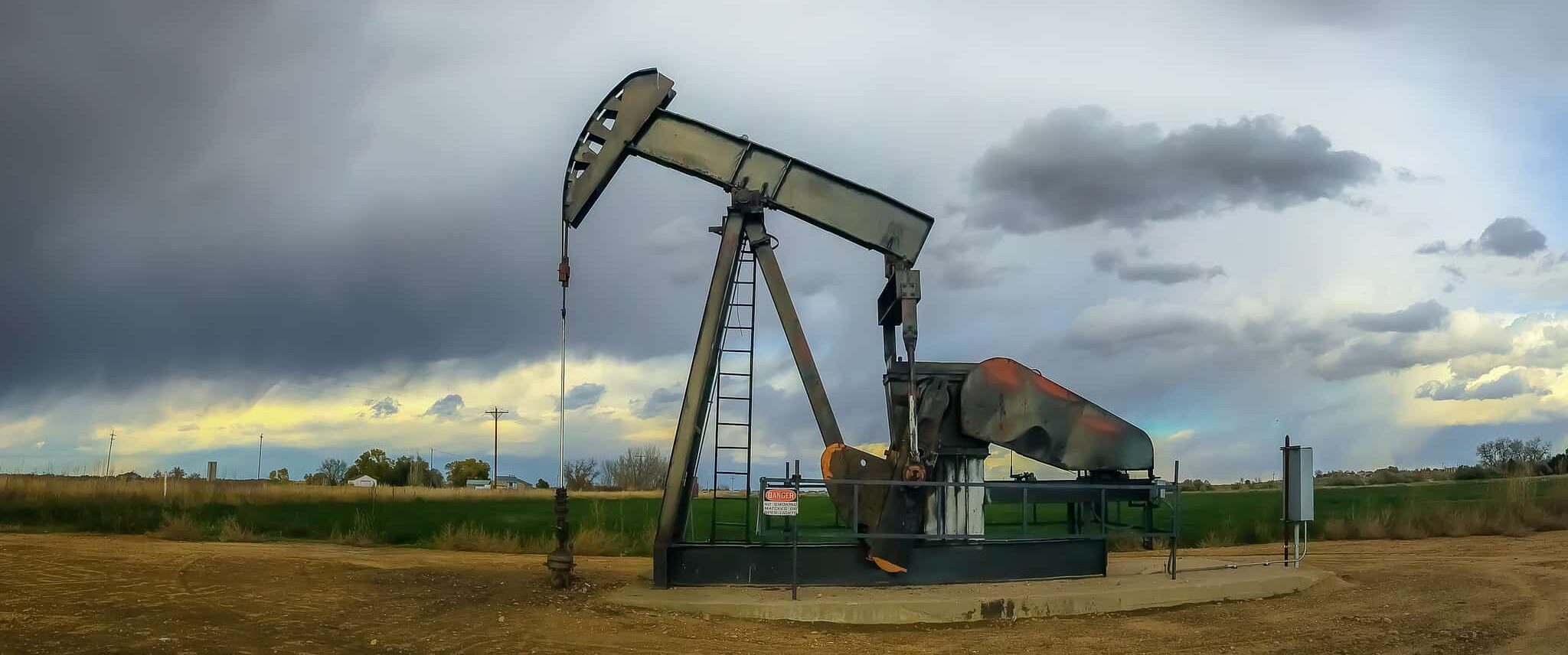

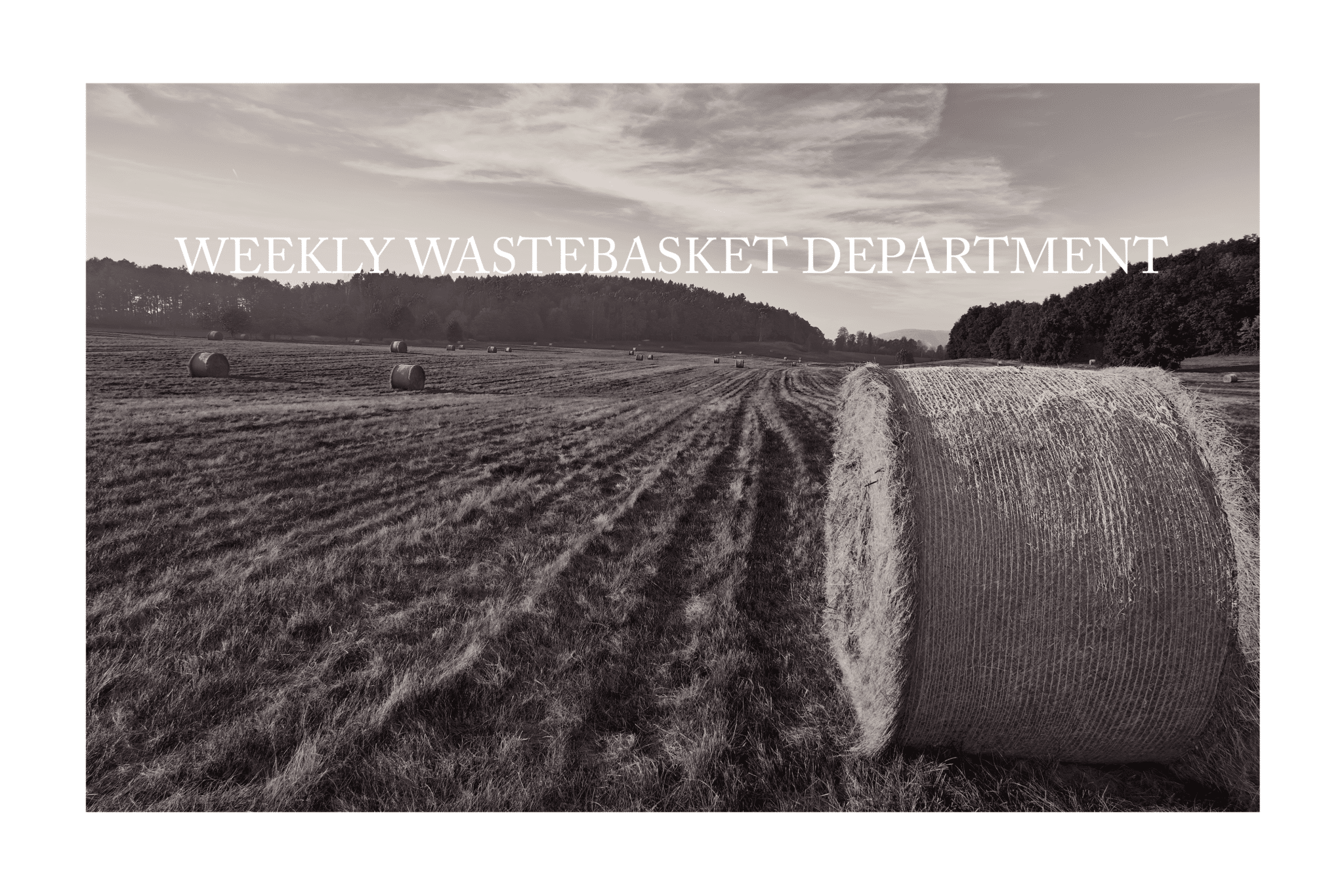
Get Social